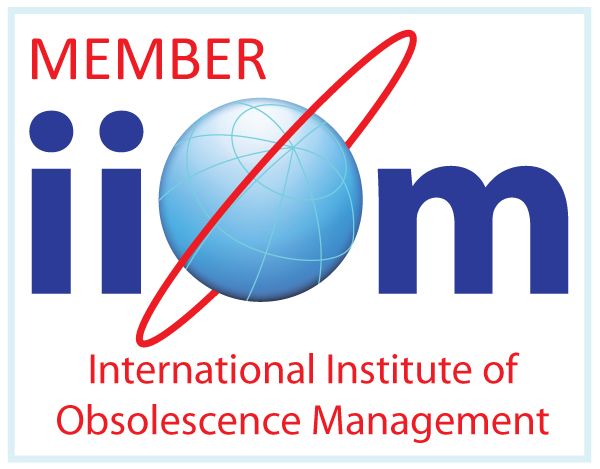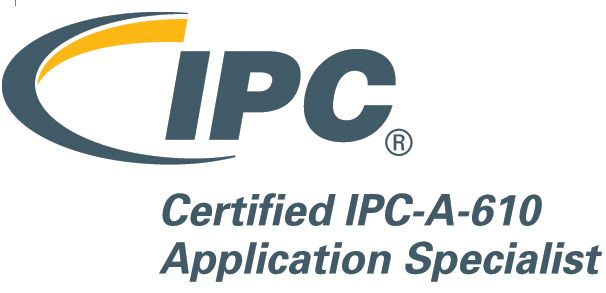What Makes a Design ‘Timeless’ and Why Obsolescence Doesn’t Care
In high-reliability sectors like defence, aerospace, and critical infrastructure, the systems we build are expected to last. 15, 20, even 30+ years of operational life isn’t unusual.
And that’s the challenge! While the platform is expected to endure, the components inside it rarely are.
Some systems were originally intended for 5 maybe10 years of use yet decades later, they’re still performing critical functions. These systems are timeless not because the components last forever, but because the design, reliability, and function stand the test of time.
Here’s where things get difficult, obsolescence doesn’t respect longevity, even the most robust platforms depend on parts that quietly disappear.
💭 Memory chips that went EOL in 2009
💭 Custom ASICs no longer supported by the original fab
💭 Obscure connectors with no available equivalents
💭 Microcontrollers whose compilers haven’t been updated in 15 year
And when those components disappear, the impact ripples far beyond a single part number.
🩺 So what does managing timelessness actually involve? It’s not about nostalgia, it’s about strategic sustainment.
🩺Is your supply chain aligned with the service life you expect?
Most components were never intended to support 20+ year platforms. Long-term viability requires active monitoring, lifecycle forecasting, and alternative strategies before last time buy windows close.
🩺 Can critical functions be decoupled from fragile components?
Sometimes a signal processing block tied to an obsolete part can be isolated and re-implemented to preserve the system without triggering a full redesign.
🩺 Do you have design artefacts or are you flying blind?
Many older systems come with partial, outdated, or lost documentation. Schematics may be incomplete, firmware may be locked away, and original source code might have vanished with the supplier. Even understanding how a component is used, not just what it is, becomes a major challenge. This is where obsolescence work moves from component replacement to reverse engineering, extracting function, recreating intent, and ensuring that whatever replaces the part behaves as the system expects.
🩺 Who’s supporting your obsolescence strategy?
When a critical component becomes unavailable, the technical challenge is only part of the picture. Addressing obsolescence effectively usually requires collaboration
🩺 Sourcing specialists who understand component lifecycle risk
🩺 Engineers with experience in adaptation and legacy integration
🩺 Manufacturers equipped to handle lower-volume, high-integrity builds
🩺 Partners who can work with limited or outdated documentation
It’s not just about reacting when something breaks. It’s about having the right people and processes in place to make informed, timely decisions before obsolescence becomes a critical issue









